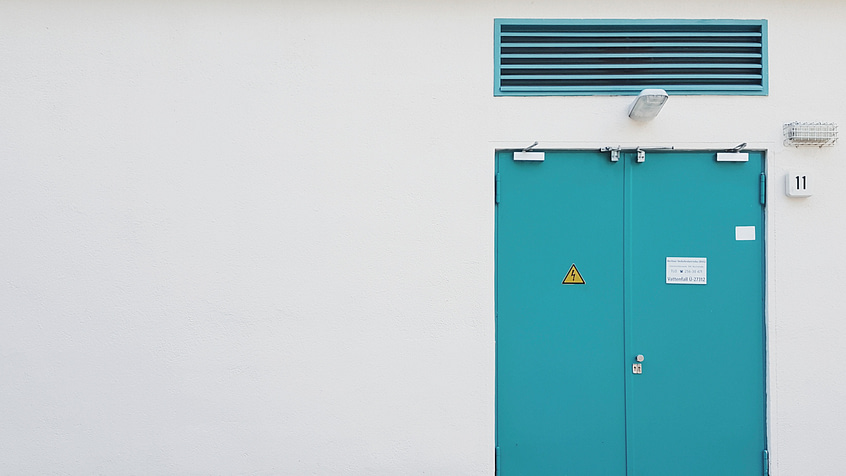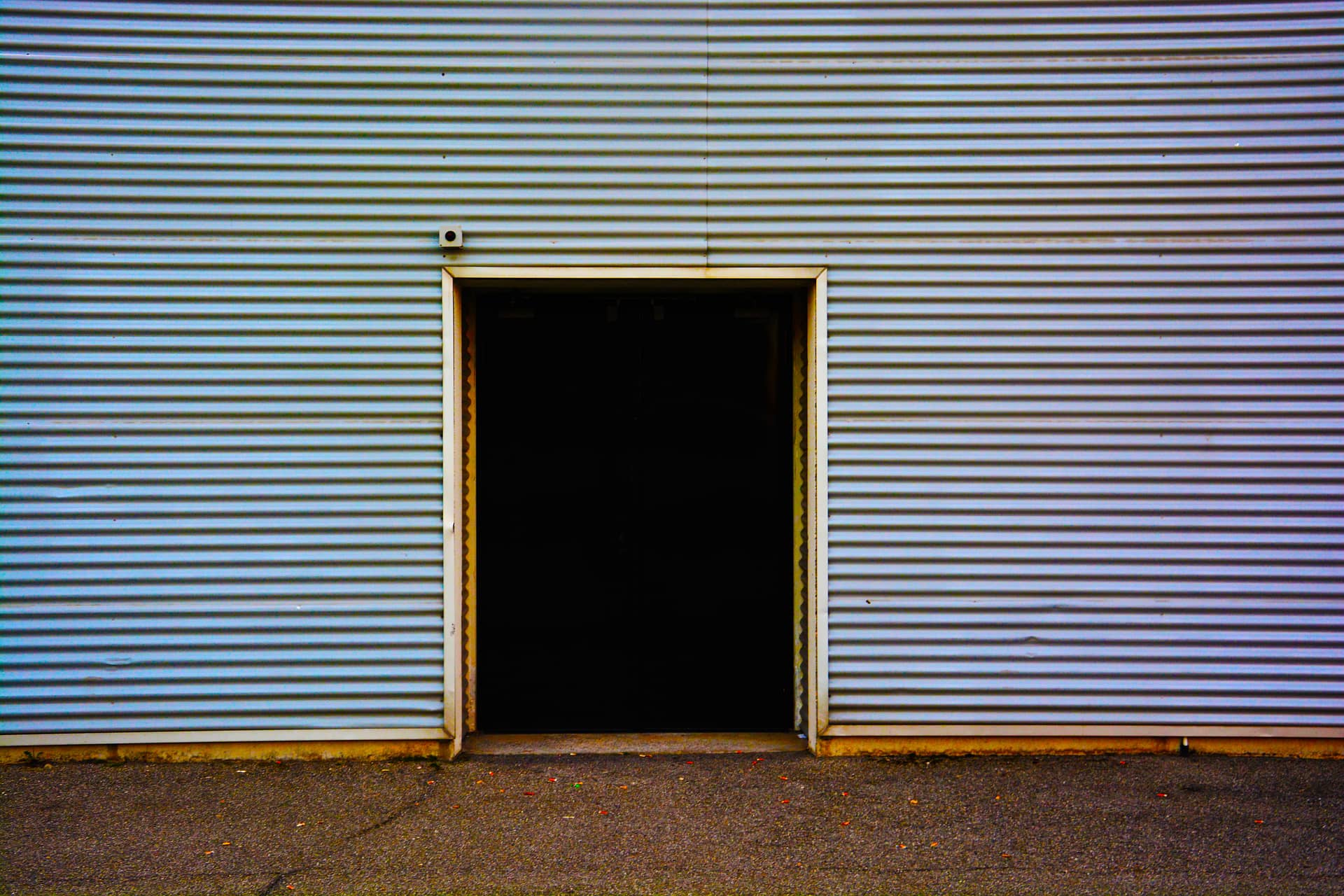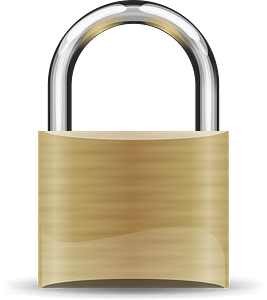
A good point to consider is getting storage for your belongings away from home when the things you own become too much. Try to find a right one for your budget, the size of your belongings that you are already storing in your garage and other places, as well as any other thing you own that might need to go into storage. Include your old furniture and your paintings that may have a purpose in future and are therefore not worth throwing away. Get the items to the storage unit when you are ready. If you are running out of ideas of how to use your newly found extra storage space, then follow the tips outlined below.

Arrange for Temperature Changes
Metals tend to shrink and expand according to temperature variations. On the other hand, snow and the heat in summer provide different environments for your stored goods. Therefore, you must plan well. Consider the duration of keeping your things in the storage and the impact of the changes in the weather as it causes temperatures to fluctuate. You might need to keep lids loosely tight to avoid cracking of the walls for different types of containers including plastic bins.
Get a Small & Heavy Lock
 The type of lock you use dictates the extra security to expect for the stored belongings. The small lock leaves no room for manipulation, and the hardened lock features also make it hard to cut or destroy. Hence, it would be your best add-on security feature for the storage space. Another reason to consider the small lock is that the locking area for most of the storage units you find is on the ground level when the pull-down metal grill meets the railing on the floor. Therefore, you need a lock that is small enough to fit the space available without being obtrusive.
The type of lock you use dictates the extra security to expect for the stored belongings. The small lock leaves no room for manipulation, and the hardened lock features also make it hard to cut or destroy. Hence, it would be your best add-on security feature for the storage space. Another reason to consider the small lock is that the locking area for most of the storage units you find is on the ground level when the pull-down metal grill meets the railing on the floor. Therefore, you need a lock that is small enough to fit the space available without being obtrusive.
Use Space-Saving Tricks
After getting the storage room rental for your goods, the next thing is to look for ways to make the most use of the available space in the room. Consider staking things using shelves that you can construct with flat wooden beds laid over the bulky, strong belongings. Keep the lightest items on the top and the heaviest rigid ones on the bottom.
Check the Drainage
Confirm that you have a decent drainage system that will get rid of most of the overflow water immediately after raining or when the snow in winter melts. You would not want water lingering near the stored things because it will tend to cause the air around the area to feel damp and to promote fungi growth. Keeping the space as dry as possible should be your priority.
Use Labels Well
Come up with tags showing when you put the item in storage, its features, and its insides. Labels help you stay organized. They keep things within reach since you would know where to look after seeing the first one in the room. Labels much have meaning to you and other frequent users of your rented storage space.
